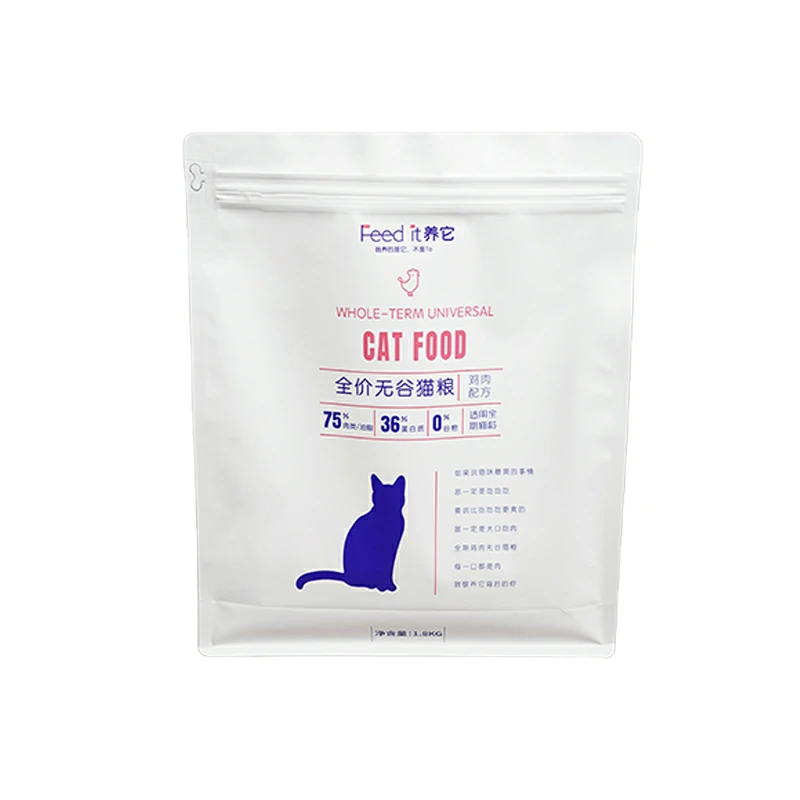Ensuring traceability of packaging materials from the supplier to the finished product is crucial for quality control, compliance with regulations, and overall supply chain transparency.
Here are key practices and technologies that contribute to the traceability of packaging materials in the production process:
- Supplier Documentation:
- Require suppliers to provide detailed documentation for each batch of packaging materials. This documentation should include information on the material composition, specifications, testing results, and any relevant certifications.
- Supplier Audits:
- Conduct regular audits of packaging material suppliers to assess their adherence to quality standards, consistency in manufacturing processes, and compliance with regulatory requirements. These audits help establish the reliability of the supply chain.
- Unique Identifiers:
- Assign unique identifiers, such as serial numbers or barcodes, to each batch or lot of packaging materials. These identifiers should be linked to a centralized database that contains detailed information about the materials’ origin, specifications, and any quality test results.
- Radio-Frequency Identification (RFID) Tags:
- Implement RFID technology to track packaging materials throughout the supply chain. RFID tags can store and transmit information, allowing for real-time tracking and monitoring of materials from the supplier to the manufacturing facility.
- Blockchain Technology:
- Explore the use of blockchain technology to create an immutable and transparent record of transactions and movements within the supply chain. This decentralized ledger ensures that information about the origin and journey of packaging materials is securely recorded and accessible.
- Electronic Data Interchange (EDI):
- Implement EDI systems to facilitate electronic communication and data exchange between the manufacturer and suppliers. pet food packing EDI helps automate the sharing of information, reducing the likelihood of errors and delays in tracking packaging materials.
- Integrated Enterprise Resource Planning (ERP) Systems:
- Utilize integrated ERP systems that encompass both the manufacturing facility and suppliers. This integration allows for seamless communication and data sharing, enhancing traceability across the entire supply chain.
- Regular Testing and Inspection:
- Conduct regular testing and inspection of incoming packaging materials to verify their compliance with quality standards. Any discrepancies or deviations from specifications should trigger an investigation to maintain traceability.
- Documented Receiving Processes:
- Establish well-documented receiving processes for packaging materials. Clearly outline the steps involved in receiving, inspecting, and recording information about incoming materials. This documentation contributes to accurate traceability.
- Material Movement Records:
- Maintain detailed records of material movements within the manufacturing facility. This includes information on when materials are received, used in production, and incorporated into finished products.
- Centralized Data Management:
- Centralize data management to ensure that all relevant information about packaging materials is stored in a secure and accessible location. This centralized database should be regularly updated and easily retrievable for traceability purposes.
- Collaboration with Suppliers:
- Foster strong collaboration with packaging material suppliers. Regular communication and collaboration help address any issues promptly and ensure that both parties are aligned in terms of quality standards and traceability requirements.
- Supply Chain Visibility Tools:
- Use supply chain visibility tools that provide real-time insights into the movement and status of packaging materials. These tools may include dashboards, analytics, and reporting features for enhanced visibility.
- Employee Training:
- Train employees involved in handling and managing packaging materials on the importance of traceability. Implement protocols for accurate record-keeping and reporting to maintain a high level of accountability.
- Recall Preparedness:
- Develop recall preparedness plans that include clear procedures for identifying and isolating batches of packaging materials in the event of a quality issue. This ensures swift action and containment if a recall becomes necessary.
By combining these practices and technologies, manufacturers can establish a robust traceability system for packaging materials, enhancing overall quality control and providing transparency throughout the supply chain. Regular audits, monitoring, and continuous improvement efforts contribute to the effectiveness of the traceability system.
What role does market differentiation play in the design of packaging for different pet food brands?
Market differentiation plays a significant role in the design of packaging for different pet food brands. In the competitive pet food industry, packaging serves as a crucial tool for brand identity, communication, and attracting the target audience.
Here are key aspects highlighting the role of market differentiation in pet food packaging design:
- Brand Identity:
- Packaging design is a primary element in establishing and reinforcing a brand’s identity. Differentiating packaging helps consumers easily recognize and associate a specific design with a particular pet food brand. Consistent visual elements, such as logos, colors, and fonts, contribute to brand recognition.
- Target Audience Appeal:
- Understanding the target audience is essential for effective market differentiation. Packaging design takes into account the preferences, lifestyles, and expectations of pet owners. For example, packaging for premium pet food may use sophisticated designs, while packaging for budget-friendly options may focus on clear communication of value.
- Product Positioning:
- Differentiation in packaging design reflects a brand’s positioning in the market. Premium pet food may feature elegant and high-quality packaging materials, while functional or veterinary diets may emphasize informative packaging with a professional look. This aligns with the perceived value of the product.
- Visual Communication of Benefits:
- Packaging design communicates the unique benefits and features of a pet food brand. Whether it’s emphasizing natural ingredients, special formulations, or specific health benefits, the visual elements on the packaging play a crucial role in conveying this information to consumers.
- Variety and Product Lines:
- Brands often offer various product lines or flavors within their pet food range. Packaging differentiation helps distinguish between these variations. Consistent design elements across product lines create brand coherence, while unique details differentiate specific offerings.
- Innovation and Trends:
- Packaging design reflects innovation and current market trends. Brands often update their packaging to stay relevant and appeal to evolving consumer preferences. This may include incorporating eco-friendly materials, convenient packaging formats, or aligning with popular design aesthetics.
- Shelf Presence:
- On crowded store shelves, packaging serves as the first point of contact between the consumer and the product. Differentiated designs enhance shelf presence, cat food bags attracting attention and encouraging consumers to consider a particular brand over others.
- Emotional Connection:
- Packaging design can evoke emotions and create a connection with consumers. Whether it’s through images of happy pets, relatable scenes, or storytelling elements, brands aim to establish an emotional bond with pet owners, influencing purchasing decisions.
- Competitive Advantage:
- Effective market differentiation through packaging design provides a competitive advantage. Brands that stand out and offer a unique visual identity are more likely to capture consumer attention and gain a foothold in a competitive market.
- Seasonal and Limited Editions:
- Brands often introduce seasonal or limited-edition pet food products. Packaging differentiation for these special releases creates a sense of exclusivity and encourages consumers to try new offerings. Limited editions may feature unique designs or thematic elements.
- Communication of Values:
- Packaging is a platform to communicate the values and ethos of a pet food brand. Whether it’s a commitment to sustainability, ethical sourcing, or social responsibility, these values can be visually conveyed through packaging to resonate with conscious consumers.
- User Experience and Convenience:
- Packaging design considers the user experience and convenience for pet owners. Clear information on feeding guidelines, easy-open features, and resealable closures contribute to positive interactions with the product, enhancing brand loyalty.
- Adaptation to Cultural Preferences:
- In a global market, packaging may be adapted to align with cultural preferences. Colors, imagery, and messaging may be tailored to resonate with specific regions or cultural nuances, ensuring that the brand connects with diverse audiences.
- Feedback and Iteration:
- Brands often gather feedback from consumers and analyze market trends to iterate and refine packaging designs. Continuous improvement ensures that the packaging remains relevant and aligns with evolving consumer expectations.
In summary, market differentiation through packaging design is a strategic imperative for pet food brands. It involves a thoughtful combination of visual elements, messaging, and user-centric features to create a unique and compelling identity that resonates with the target audience and sets the brand apart in a competitive landscape.

